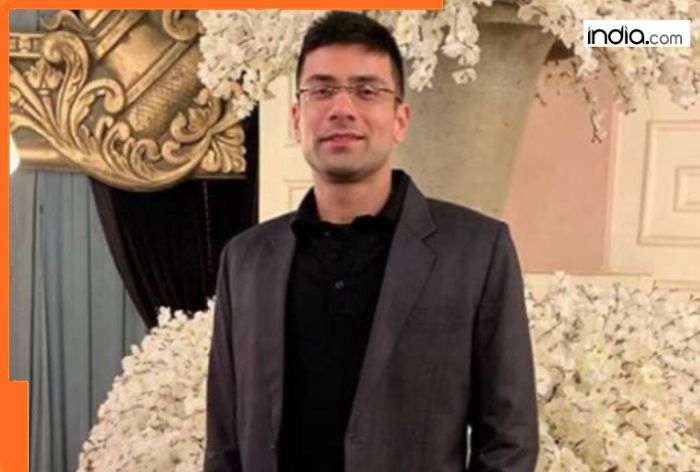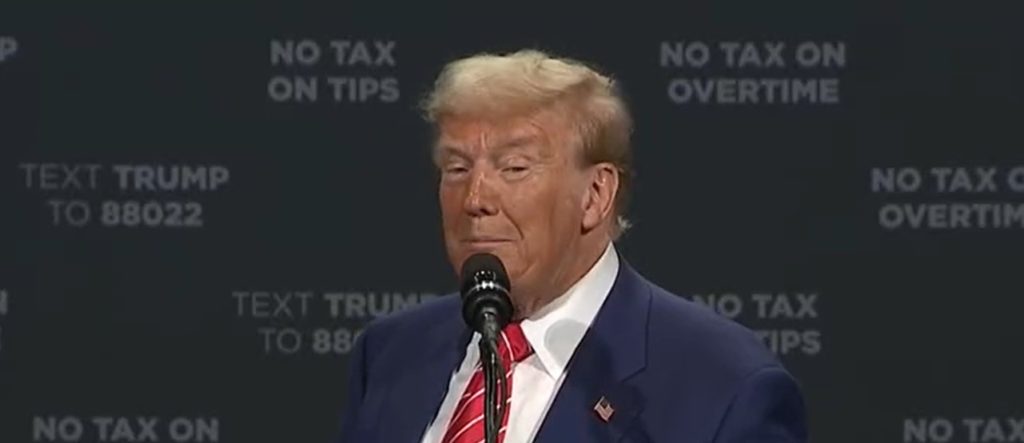My father recently passed away at the age of 91. While his death was not a surprise as he had been ill and limited in his physical abilities for a long time, it wasn’t easy. Losing someone who had had such a deep impact on me and others was one of the biggest challenges of my life.
The afternoon of my father’s passing, my mother turned to me and said, “You’ll be doing the eulogy, right?” Her request made sense. In my role as a communication teacher and coach I’ve helped others present on challenging topics for years. Yet I still felt unprepared.
I had two big concerns about delivering my father’s eulogy. First, how to create a clear, concise portrait of him. And second, how to get through it without my emotions detracting from my message. I wanted to honor my father and help people get to know him, his values, and the impact he’d had on so many. While I wasn’t concerned about tearing up in front of folks, I wanted my eulogy to be about him, not about me and my emotions.
This challenge applies to any potentially emotionally charged situation, not just eulogies. Heated debates, wedding toasts, advocating for an unpopular point of view at work, or a speech at a coworker’s retirement, or other life milestones all pose the risk of your emotions taking over your message.
I’m not saying to avoid emotions. In fact, I believe sharing our feelings can be critical components to making sure the message leaves a mark and influences others. I also believe that it’s important to show up authentically. However, there are times when we want to honor the moment, the person, and the event—without our emotions detracting from our message.
What I found that helped me in my goal of paying tribute to my father was a two-pronged approach: first, focusing on structuring my remarks, and second, preparing to deliver them.
Freedom in structure
I am a huge fan of structure and frameworks to help in both planned and spontaneous speaking. Structure provides a logical connection of ideas that binds content together. Structure gives a road map that helps to focus and prioritize our messages and remember them more easily. Structure also helps the audience understand our intent.
The three structures that I find are the most useful for eulogies and emotional tributes are:
- Chronology-based: Walking through a timeline. This is perhaps the most typical format for a eulogy, as it walks through the highlights and accomplishments in chronological order to highlight key moments and ideas for the audience.
- Theme-based: Focusing on a particular concept or central idea. The talk takes on a specific idea or concept and shares important milestones through the lens of the organizing idea.
- Embodiment-based: Take on the voice of the person being honored. The most moving eulogy I have ever heard was delivered by my friend Neel in honor of our mutual friend Stacy who died too young due to cystic fibrosis. For this eulogy, my friend took on Stacy’s persona and spoke to us in her voice—sharing memories, achievements, and encouragement.
Each of these designs has merit and impact. To honor my father, I chose the theme-based structure and focused my entire eulogy on my father’s actual and figurative voice. My dad had an amazingly deep, resonant voice that was soothing and engaging. He also shared his voice in support of causes that were near and dear to him. I detailed how his strong voice and actions were clear in his work, learning, family, and community life.
Preparing to be emotional
Writing the eulogy was the first challenge, and delivering it was the next. I used two techniques to help me practice and prepare for the emotions that would confront me.
While practicing to deliver my father’s eulogy, I remembered free throw shooting advice my younger son’s basketball coach teaches: Practice for the situations you perform in. Rather than have the kids shoot free throws at the beginning of practice when they were fresh and focused, he had them take shots at the end of practice when they were tired and distracted. In this way, they would be in a similar physical and emotional state as they would in an actual game.
Following this principle, I purposely practiced delivering my father’s eulogy when I was already emotional. I would reminisce about my father with my family, and then after laughing and crying together, I immediately practiced my speech. I would reflect on powerful moments with my dad, like when he tried tirelessly to teach me how to drive his tank of a car with its impossible manual transmission, and then practice. I would go for a jog, and then practice. Each of these activities simulated the emotional and physical arousal I would experience while delivering the eulogy. In this way, I was preparing myself to be steady and focused.
I arrived early to the venue. I greeted the hearse and helped move the casket into the sanctuary. This was hard . . . very hard. But again, it was helpful. I was able to be in my father’s presence and experience grief, memories, and joy. Because I was in the room where I was to speak, I began to get comfortable as I heard the whirring of the air conditioner, the squeaking of the side door, and saw the many, many memorials to others who had passed. Having experienced it before others arrived allowed me to focus on my message and manage my emotions.
While perhaps the most difficult public speech for me to deliver, my father’s eulogy went well. It took focused effort, a clear structure, and deliberate preparation and practice, and it all paid off when those in attendance complimented me and, more importantly, got to learn about my dad and his contributions at a deeper level.
I deeply hope that if you need to deliver an emotionally laden talk or tribute that you, too, can feel confident in your ability to deliver it well by leveraging structure and practicing intentionally.







